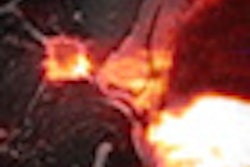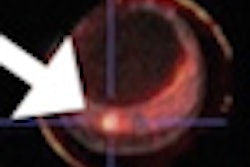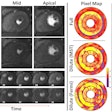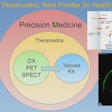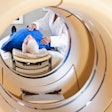Dear AuntMinnie Member,
When your staff members position pediatric patients for x-rays, how mindful are they of where their own fingers are? You might want to pay more attention to those workers, given the results of a new study from Canada.
The investigators found that nearly half of pediatric x-rays at their institution had images of adult fingers on them -- left by neonatal intensive care unit (NICU) personnel who were positioning the children during imaging studies. What's more, the researchers found that in 10% of cases, the fingers were cropped out of images before they were sent to the PACS network, leaving no trace of these cases of occupational radiation exposure.
The findings spurred the hospital to find ways to reduce the unnecessary radiation exposure to personnel -- a practice that could also reduce exposure to patients. Learn more by clicking here.
Should you take back the night?
In other news, many radiology groups are facing the important question of whether they should reassert control over night call, which many practices have outsourced to teleradiology providers or send to residents on call. The practice is thought to have contributed to the declining influence of radiology groups relative to hospitals and referring physicians.
Radiologists at the University of Pittsburgh came to the conclusion that outsourcing night call was a medical anachronism, and they decided to reassert control by having attending physicians provide subspecialty overnight coverage for CT scans from the emergency department.
They found some benefits to the shift, but there was also a downside. Find out more by clicking here.
Finally, developing better ways to share images with patients is all the rage. Most efforts to develop image-sharing networks have focused on the needs of healthcare providers. But what about patients?
Researchers from Wake Forest University have implemented a pilot project to test an image-sharing network that gives patients control over the image-sharing process, without actually giving them access to the images. Would the network work in a real-world environment? Decide for yourself -- read the article by clicking here.
Get these stories and more in our PACS Digital Community, at pacs.auntminnie.com.





